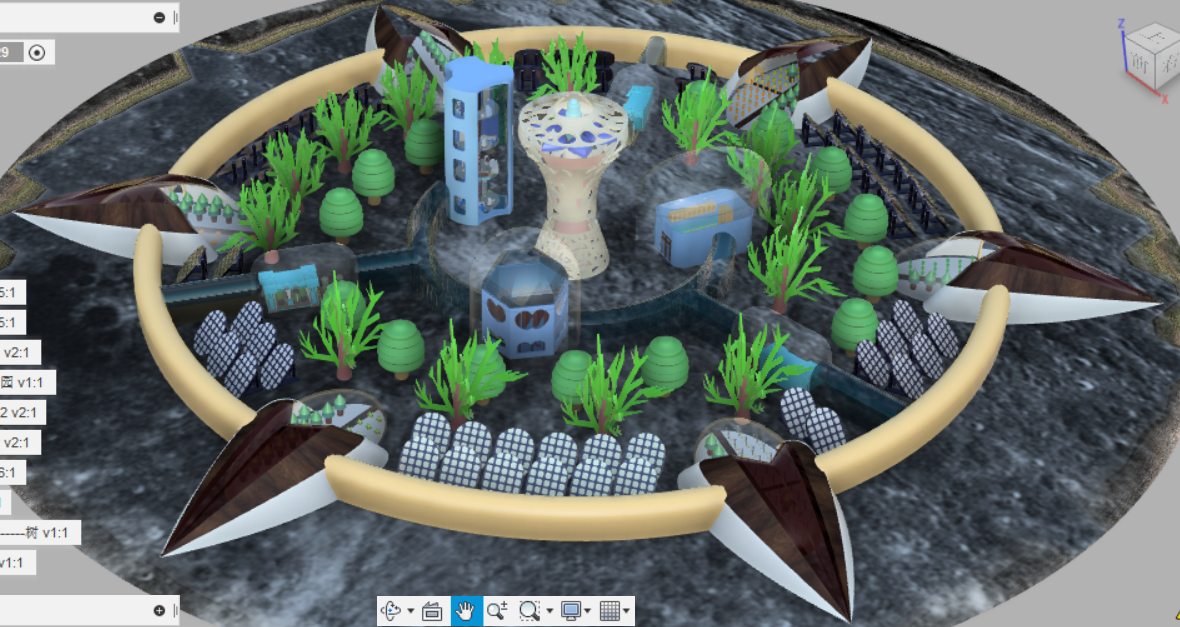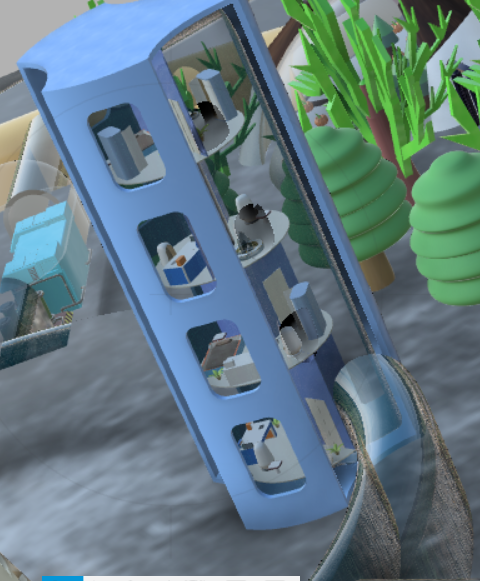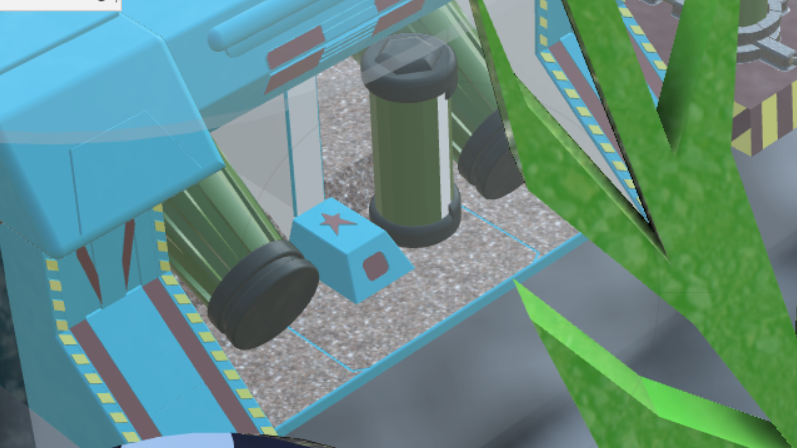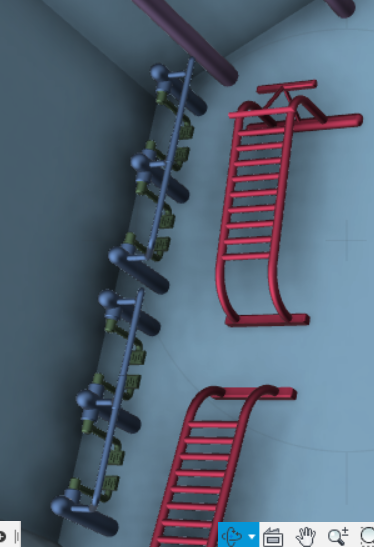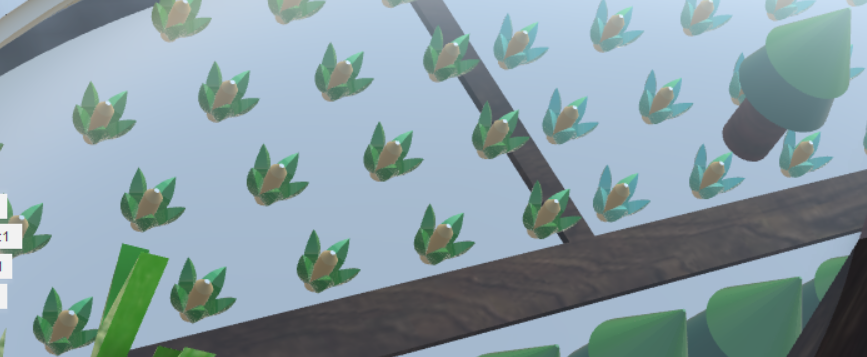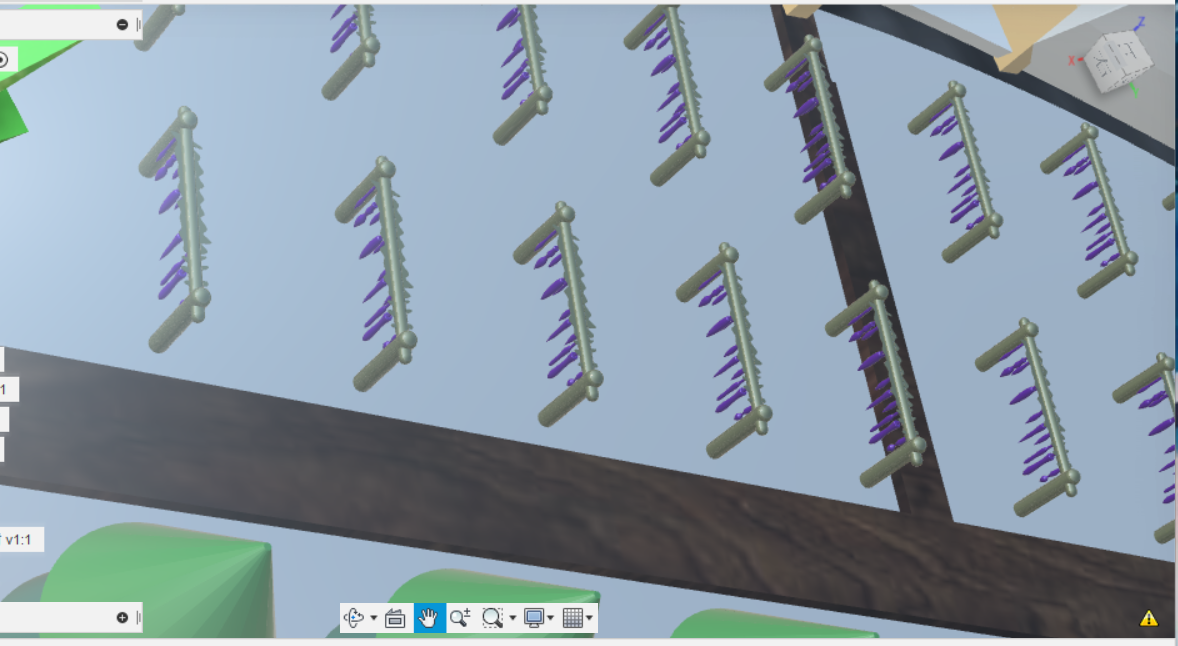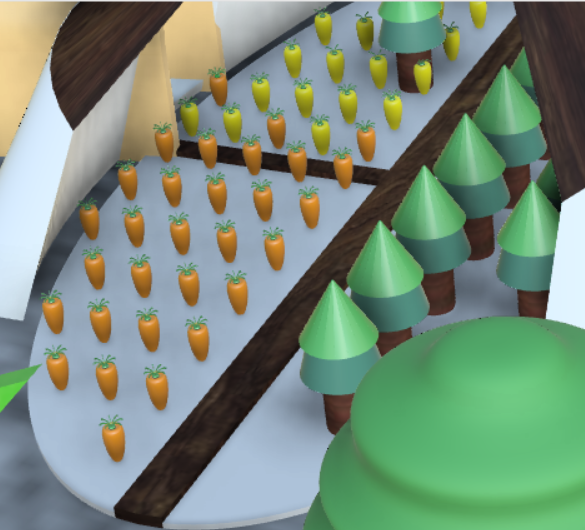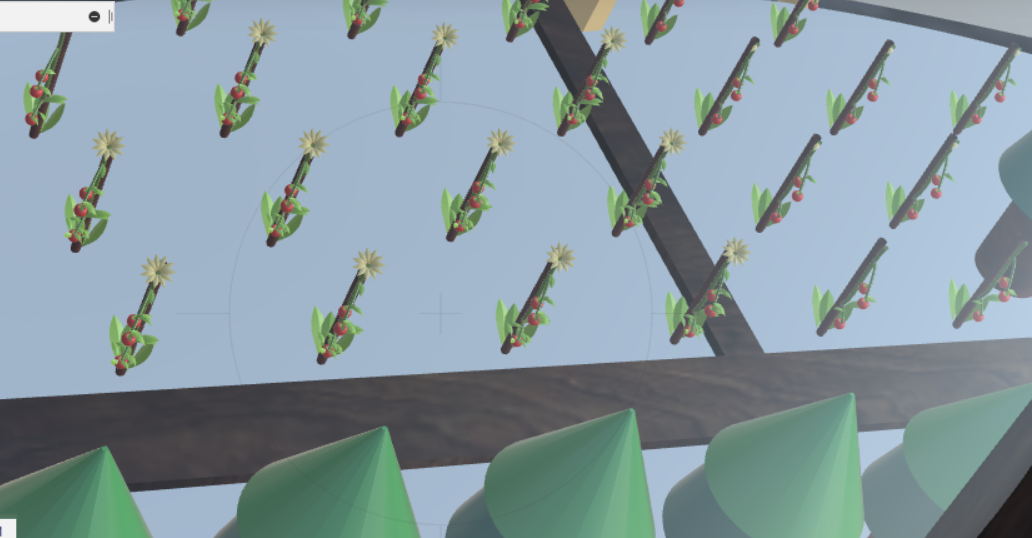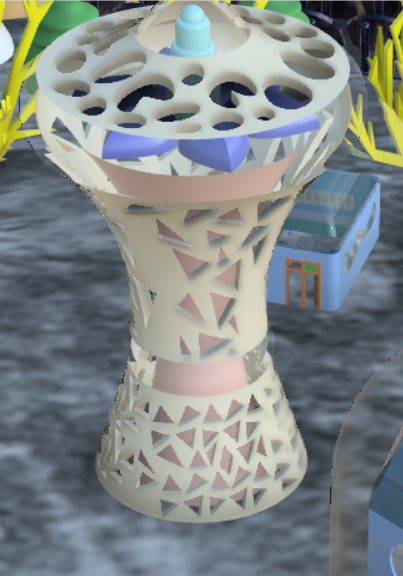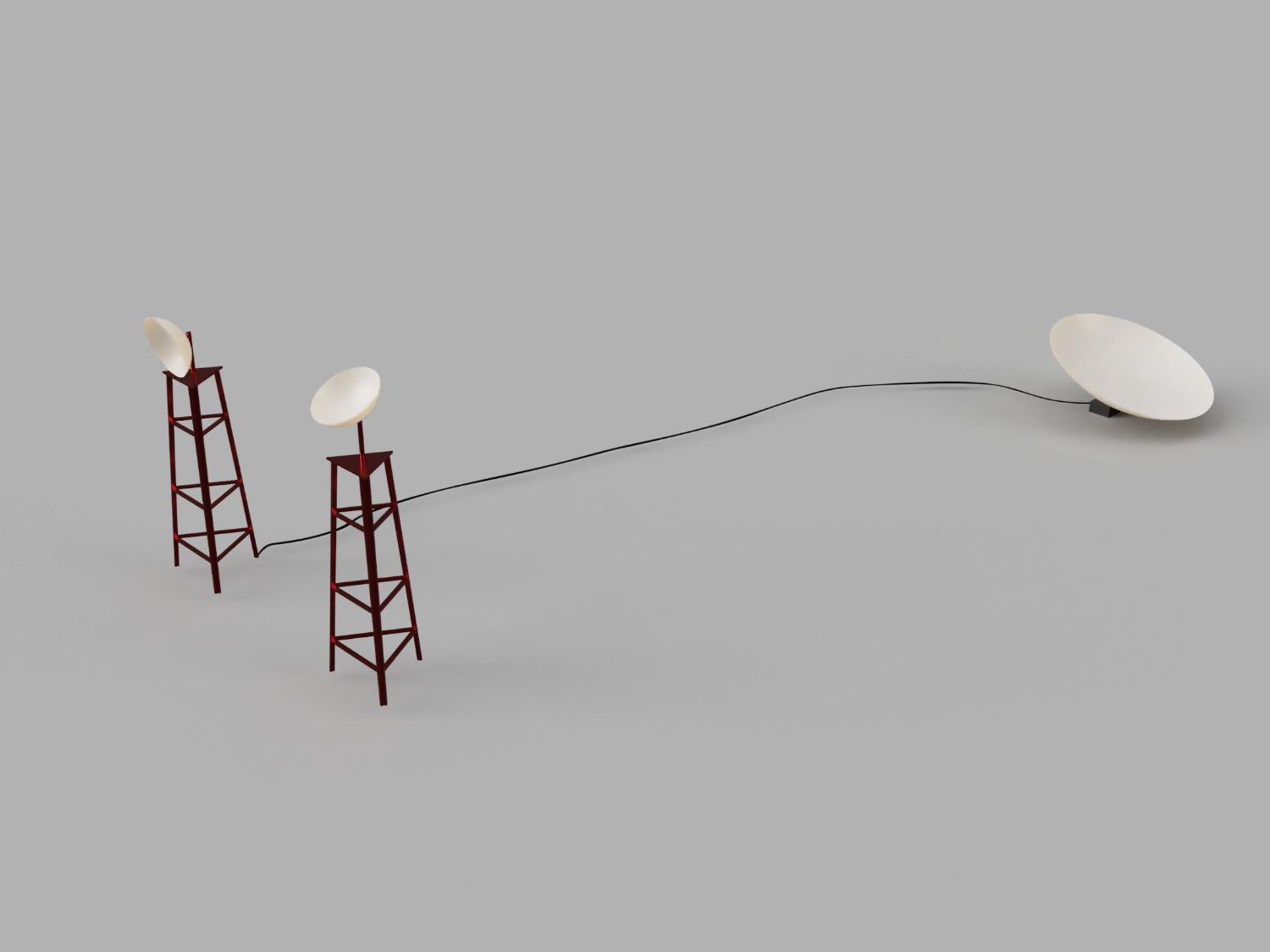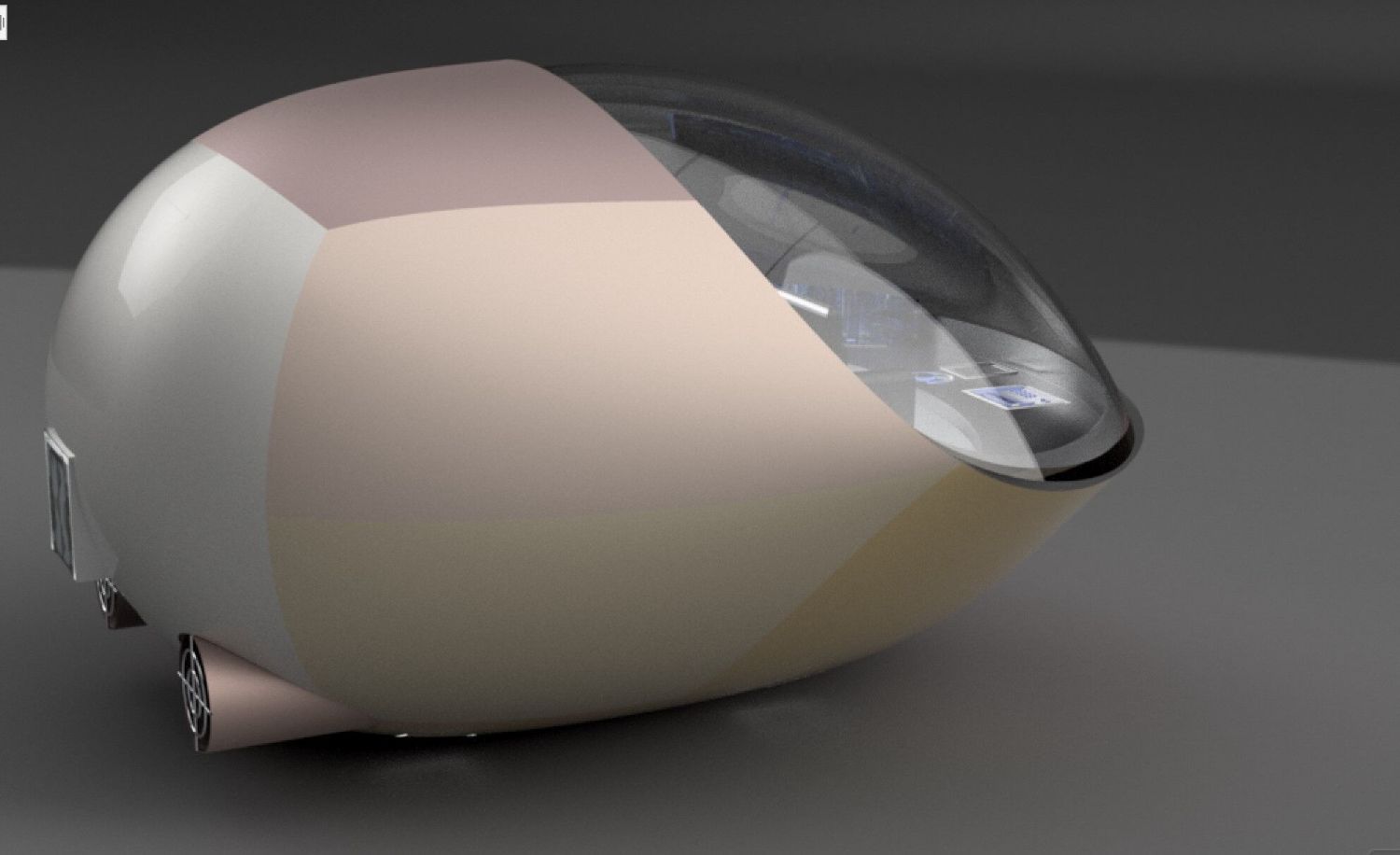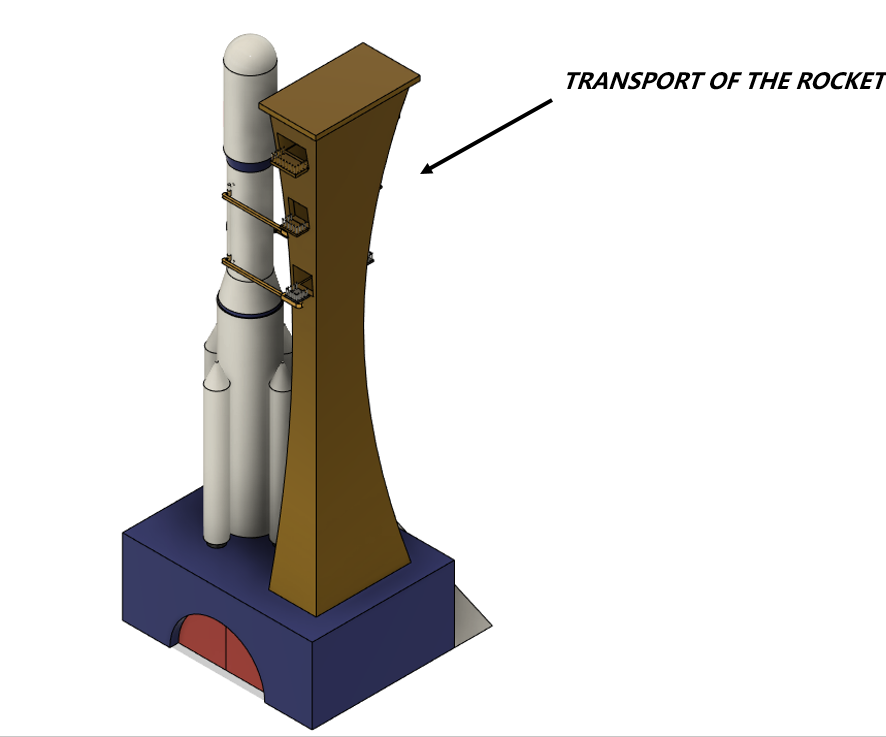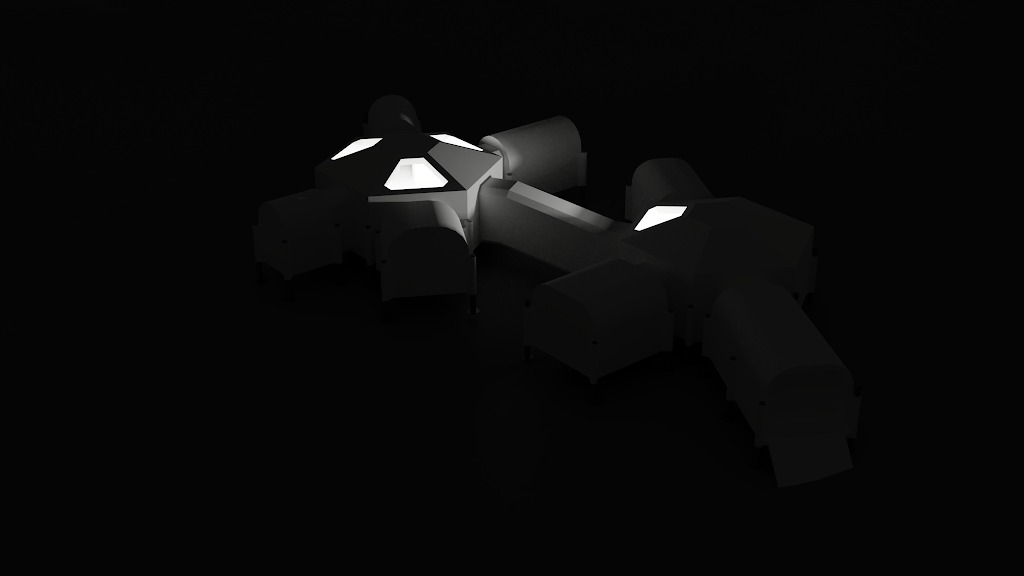Moon Camp Pioneers Gallery 2021-2022
In Moon Camp Pioneers each team’s mission is to 3D design a complete Moon Camp using Fusion 360. They also have to explain how they will use local resources, protect astronauts from the dangerous of space and describe the living and working facilities.
Team: Heavenly team
Zhengzhou University of Light Technology Zhengzhou City, Henan Province China 19 5 / 3
External viewer for 3d project
|
Project description
Our lunar camp program is a base for astronauts to study the growth direction of plants on the moon.Existing living conditions allow two or more astronauts to live for a long time after arriving on the moon. In terms of the exterior layout of the base, the camp is divided into inner living area, activity area and plant laboratory, middle-level solar power generation area and water circulation area, and six major plant growth areas in the outer layer.In order to resist the multiple effects of the external environmental factors and meet the needs of astronauts after arriving on the moon, we will build the soil resources and 3D printing technology of the moon itself to build our base. Choosing such a base allows better scientific activities such as astronomical observations, exploring the existing conditions of the moon to sustain long-term human survival, existing mineral resources for Earth, and stops for future human migration to the moon. |
|||
|
2.1 Where do you want to build your Moon Camp?
I want to build my lunar camp in the lunar poles for the following reasons:
2.2 How do you plan to build your Moon Camp? Describe the techniques, materials and your design choices.
First, we will use the original lunar soil and borrow 3D printing technology to build the main part of our lunar base. Secondly, sufficient living conditions require water, food and energy, so we need to establish water supply stations, cultivation gardens and energy supply stations; then residential areas, experimental areas and activity areas to ensure normal rest and recreation and later research. Finally, different material selection in different regions. The water supply station will use efficient water circulation system and ice melting technology and heat insulation materials; the cultivation garden will adopt temperature control technology and insulation materials, and the solar energy supply station will choose silicon materials for the main technical support. 2.3 The environment on the Moon is very dangerous for the astronauts. Explain how your Moon Camp will protect them. (maximum 150 words)
Meteorites often collide on the lunar surface and are covered with craters formed by small bodies, so the lunar camp is built close to the ground and relatively rounded to avoid unnecessary impacts.And because the moon is very close to the sun, so the building mostly uses transparent coating based on indium tin oxide and some metal materials smelting from the lunar soil, the two have good thermal reflection, can achieve the shielding of ultraviolet and infrared heat insulation, and can effectively isolate the solar thermal radiation energy.Because there is no atmosphere on the moon, coupled with the low thermal capacity and thermal conductivity of the surface material on the moon, the temperature difference between day and night on the lunar surface is very large. The lunar camp adopts an almost closed building system, which can keep the temperature inside the camp stable. |
|||
|
2.4 Explain how your Moon Camp will provide the astronauts with:
|
Water
|
Food
|
Power
|
Air
|
|
The water source in our base mainly absorbs the sun by solar panels, dissolve the dry ice at the bottom of the moon into water, stay on the moon and cultivate crops in space. The water can act as a power source, decompose into hydrogen and oxygen, provide fuel for the planet exploration spacecraft, greatly extending the service life of the spacecraft, with water, scientists can easily develop various natural resources on the moon. |
In terms of food needs, we have established the Lunar Botanical Garden, which grows a variety of vegetables to maintain the supply of vitamins and cellulose in the astronauts’ daily morning and dinner.In terms of astronauts’ daily protein and fat needs, we want to use artificial plant protein meat to reduce the carbon dioxide consumed and the damage caused by raising animals on the moon.However, the raw material selection of protein meat is mainly soybeans, which can be used to cultivate through the botanical garden on the moon. In the storage of protein meat, we have built incubators in the laboratory, which can prevent the deterioration of protein meat. |
Because the solar radiation on the moon is about 1.5 times that of the Earth, and in the polar region, about 70 to 80 percent of the time is under the sun, solar energy can be used on the moon to heat, electricity, heating and lighting.Because the sand on the moon can be decomposed by the hydrogen and oxygen generated by solar energy, the power supply problem can be solved through hydrogen and oxygen fuel cells in various areas of our base. |
The main air in the moon comes from the gas released by the radioactive decay of radon and helium in the crust and earth function.In the base we built, the botanical garden is built as the center, and the plants absorb solar energy through photosynthesis to produce oxygen, and we can collect oxygen through the collection device in the water circulation system.Most of the base choose sealed pipes to connect each area, and astronauts in the base can walk normally without choosing to wear oxygen masks. |
|
2.5 Explain what would be the main purpose of your Moon Camp.
We built the lunar camp mainly to explore the growth rate of plants in the moon, and the base mainly presents a circular layout.Outside we choose to build in the shape of petals botanical garden, built a total of six, placed different plants, two adjacent two gardens established channel can walk each other, every two botanical gardens between hydropower station can timely supplement plant resources, inner layer also built for research plant laboratory, activity room set up the reading room, convenient in the process of the research plant, the required data search and record. |
|||
|
3.1 Describe a day on the Moon for your Moon Camp astronaut crew.
After the astronauts get up, first enter the bathroom to wash, drink a cup of pure water, eat breakfast, thus began a busy day.First leave the residential area, exercise in the activity room on the first floor exercise, about half an hour later, complete exercise, into the water circulation area, daily maintenance and collect water resources, after that, to the botanical garden for the cultivation of plants, watering is daily operation, occasionally need fertilization, collect the botanical garden day output oxygen supply use, check the already edible plants as lunch.After lunch, take a nap of half an hour to an hour, make the afternoon energetic, and then conduct scientific experiments and exploration for two to three hours, occasionally conduct some space teaching, after that, according to the system prompts, check the base alarm area, if there is any time left, you can enter the second floor of the activity room for reading.After dinner, continue to scientific experiments, after, can enter the activity room on the second floor for astronomical observation for later astronomical research, after the daily report and call with family, if a little hungry, can to a night snack, finally check the base, close some unnecessary instruments, to save energy, to sleep. |
|||


